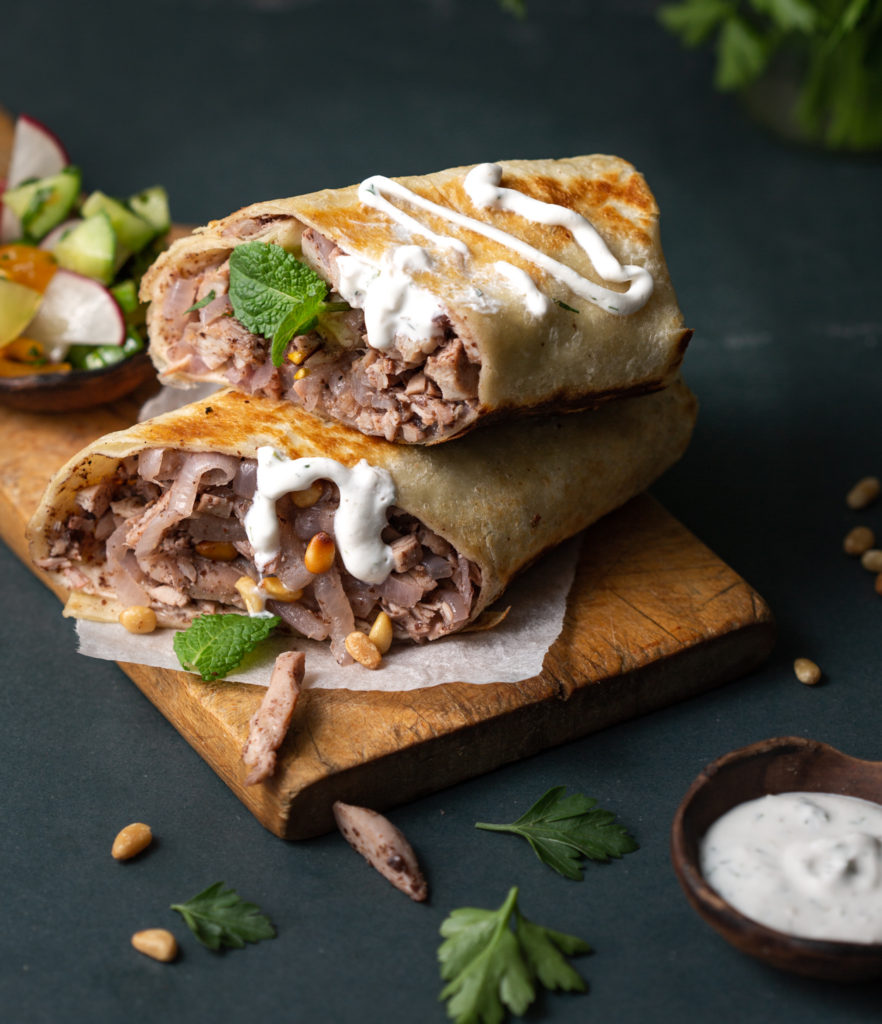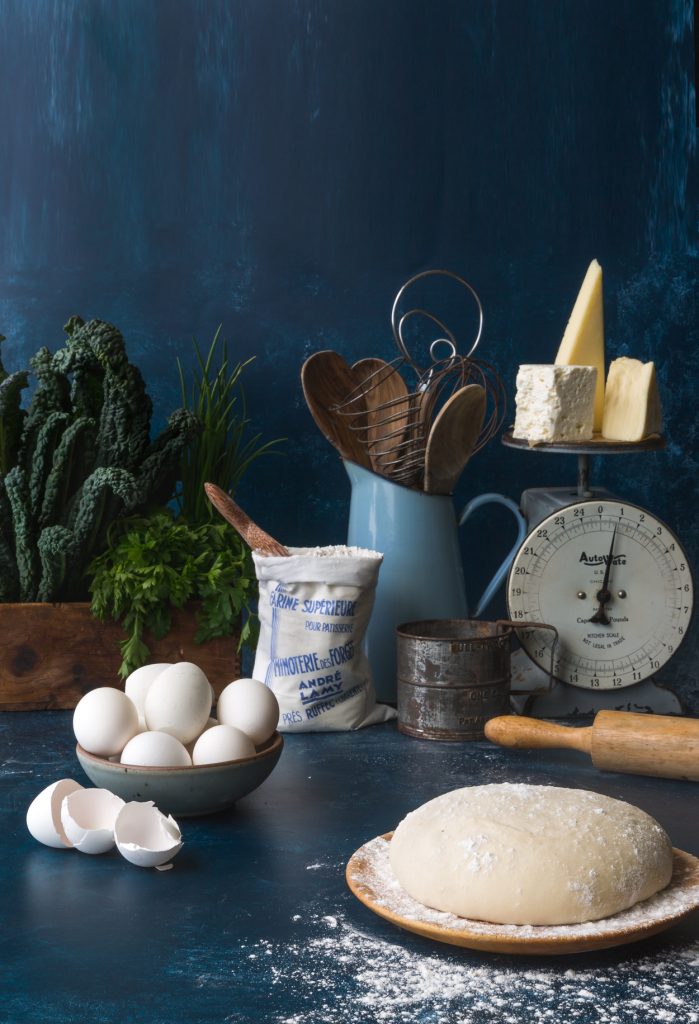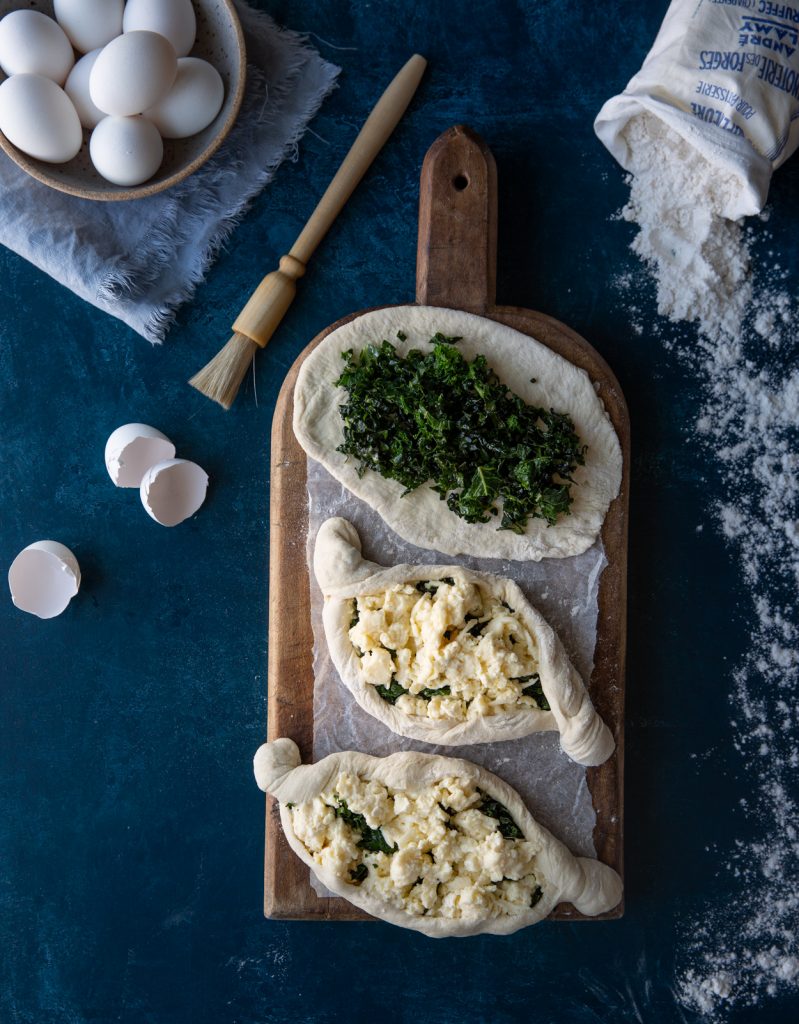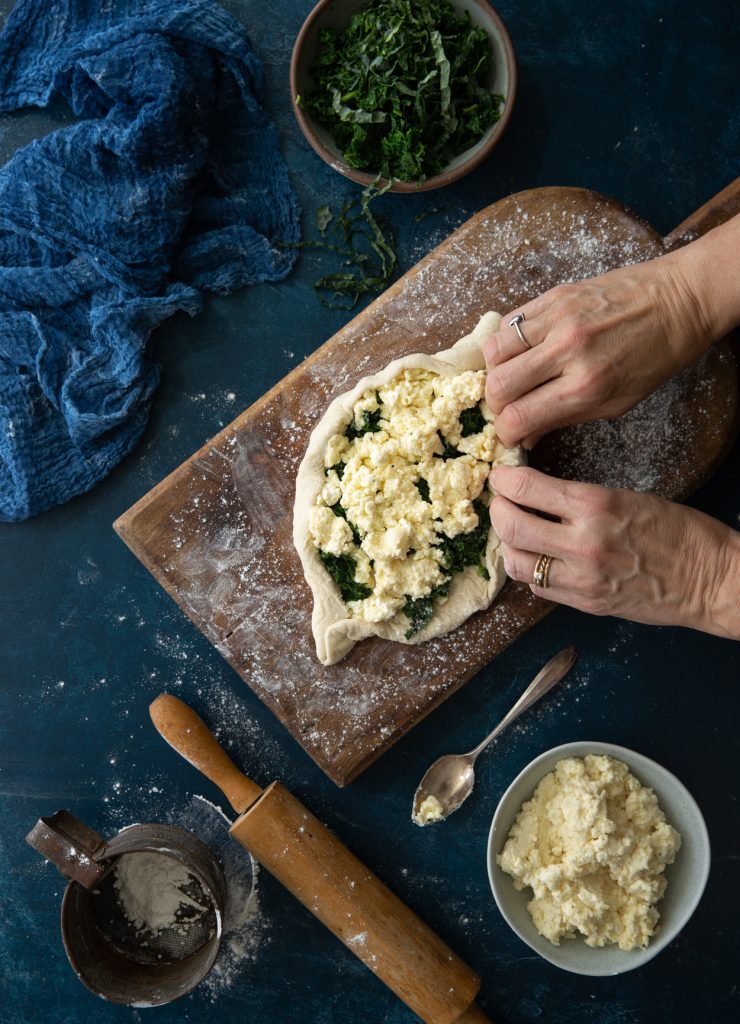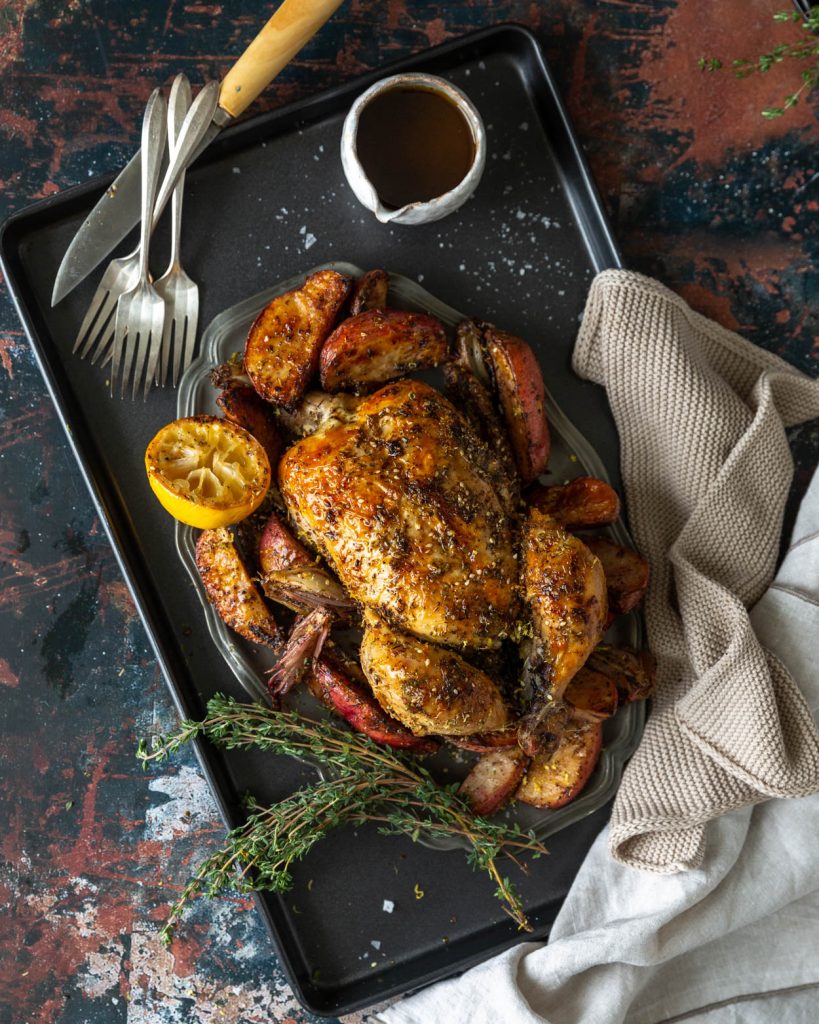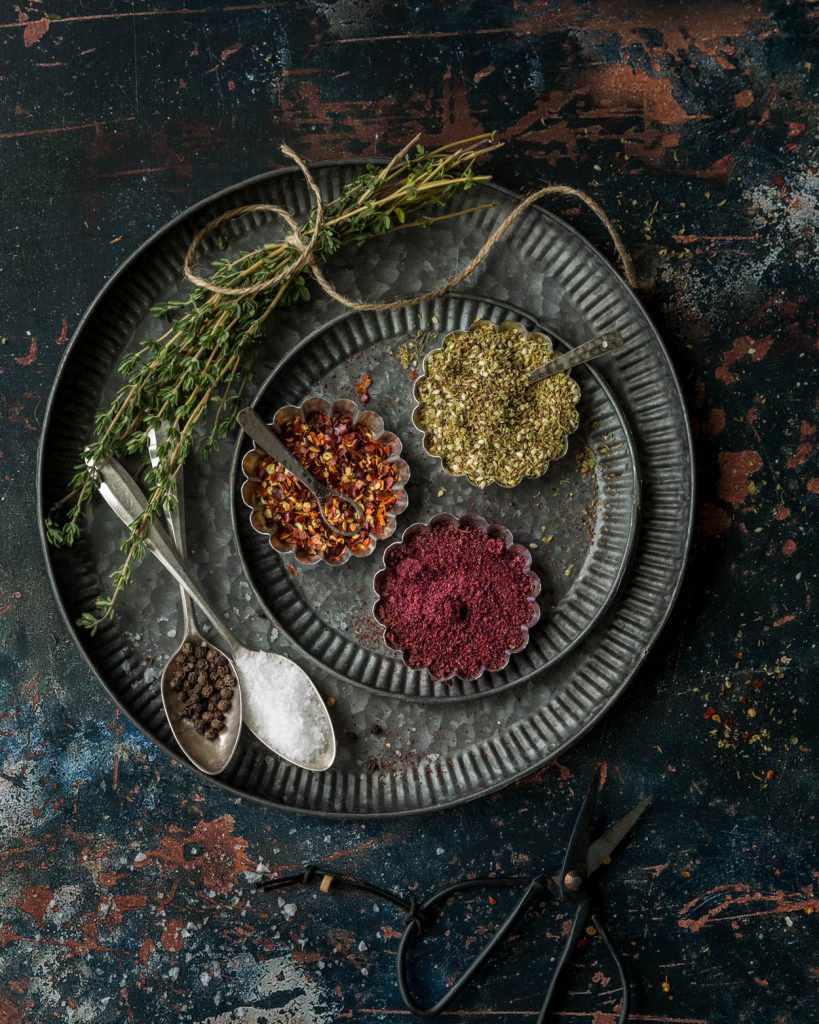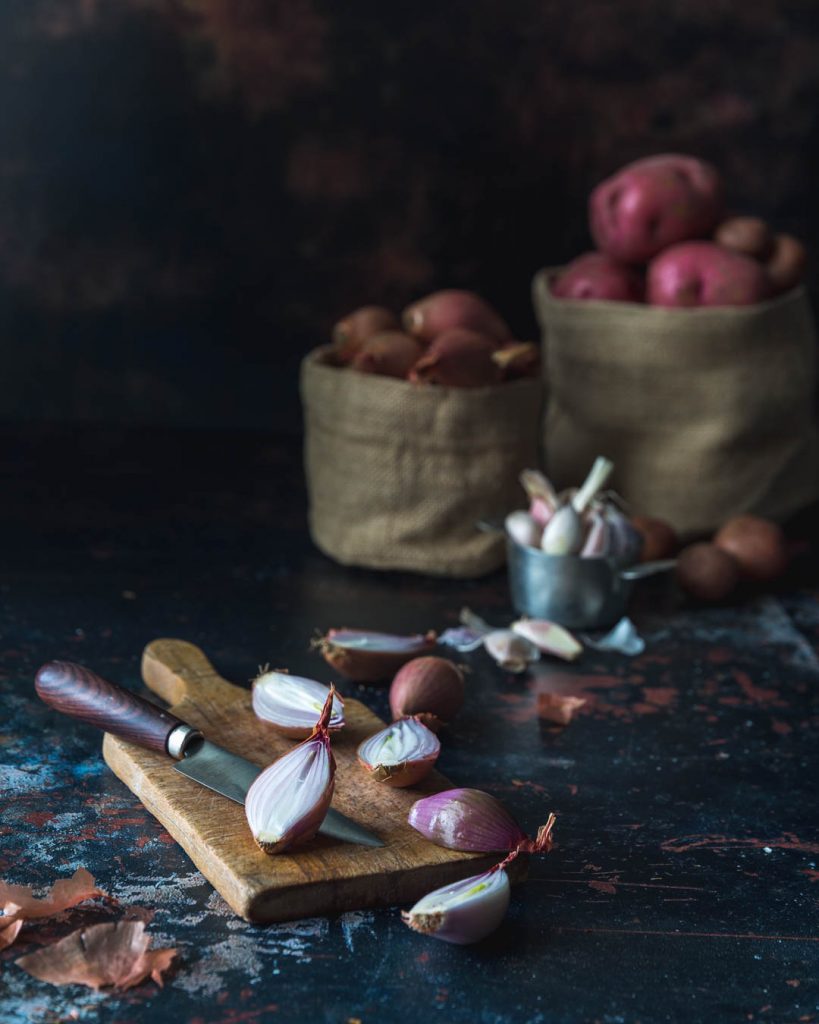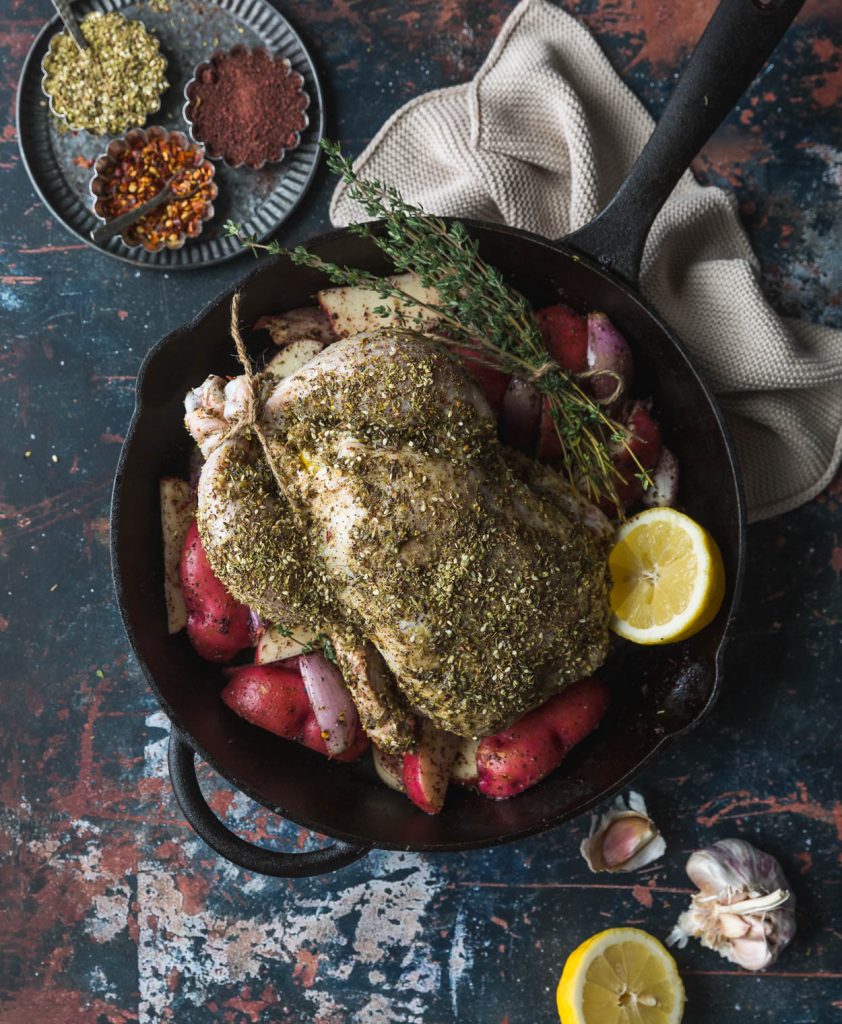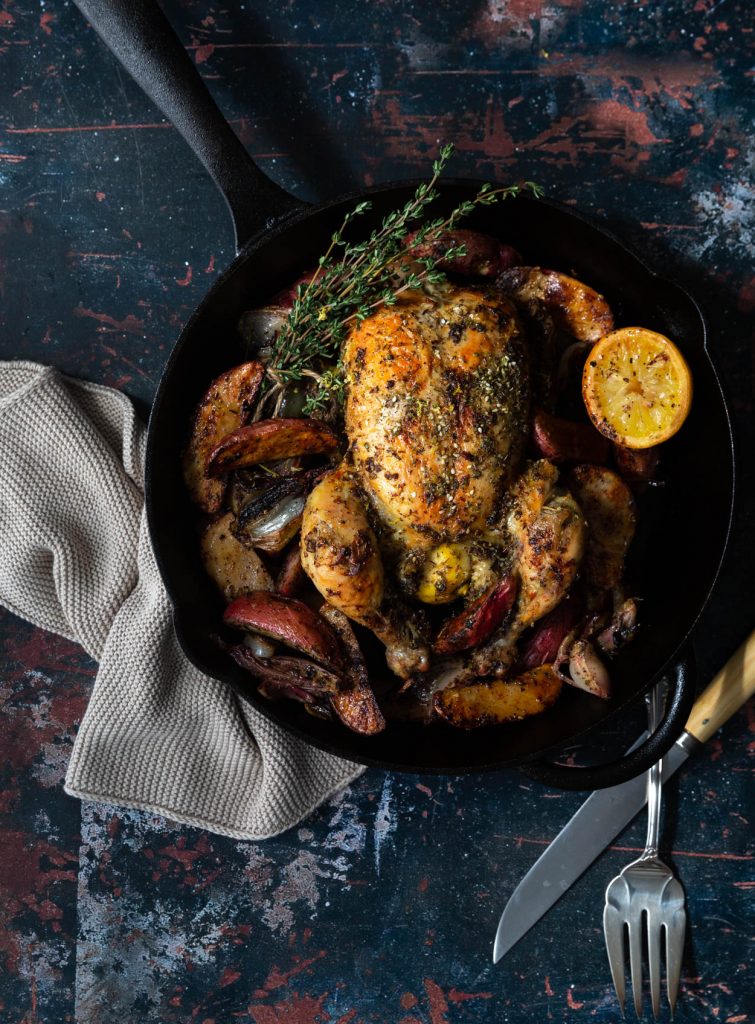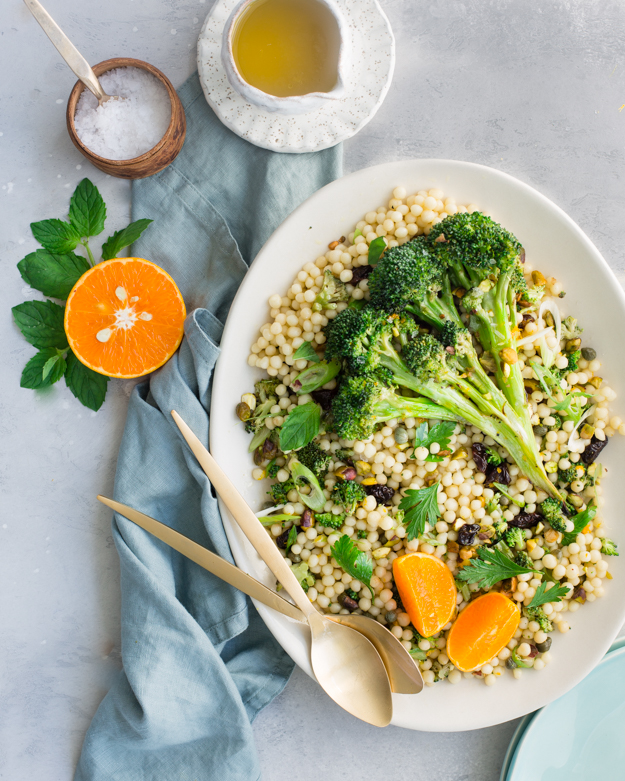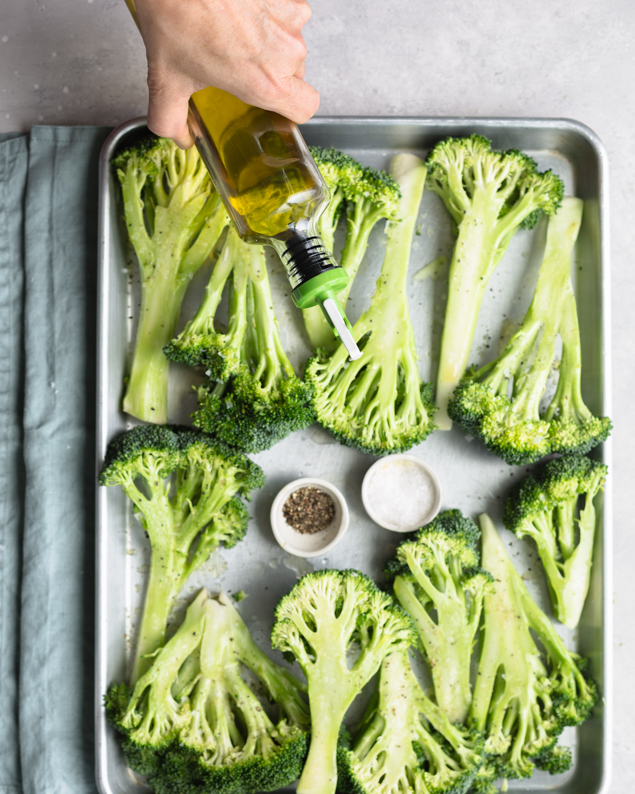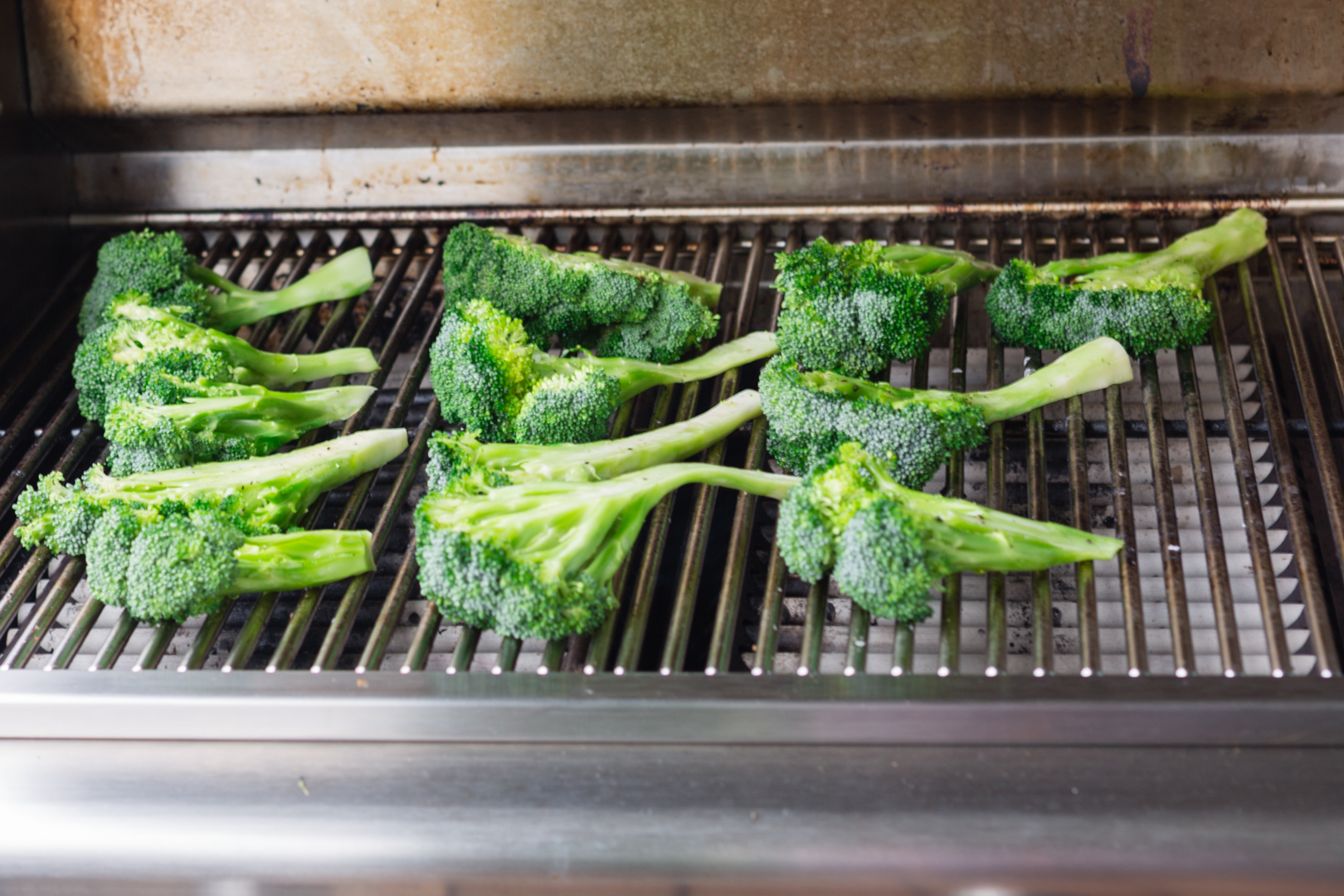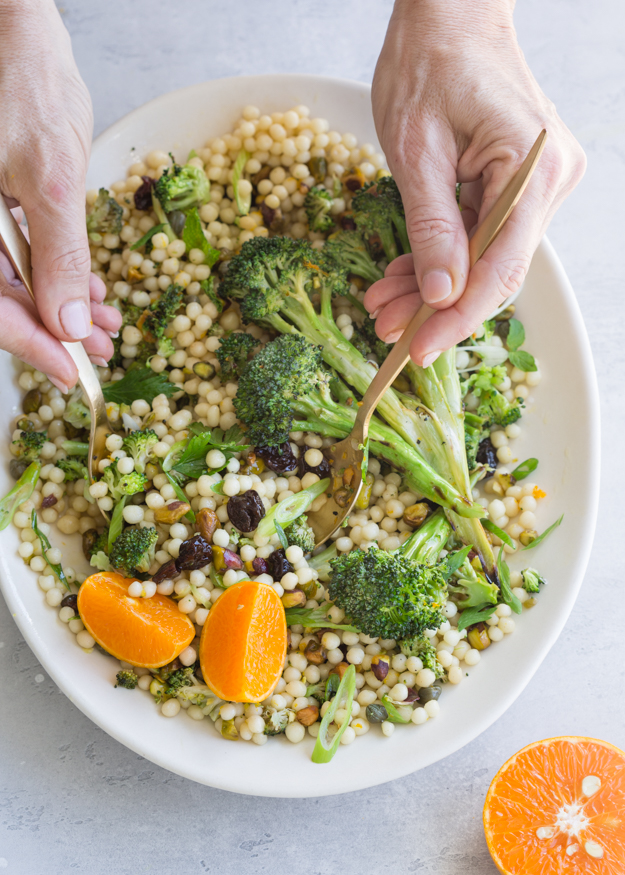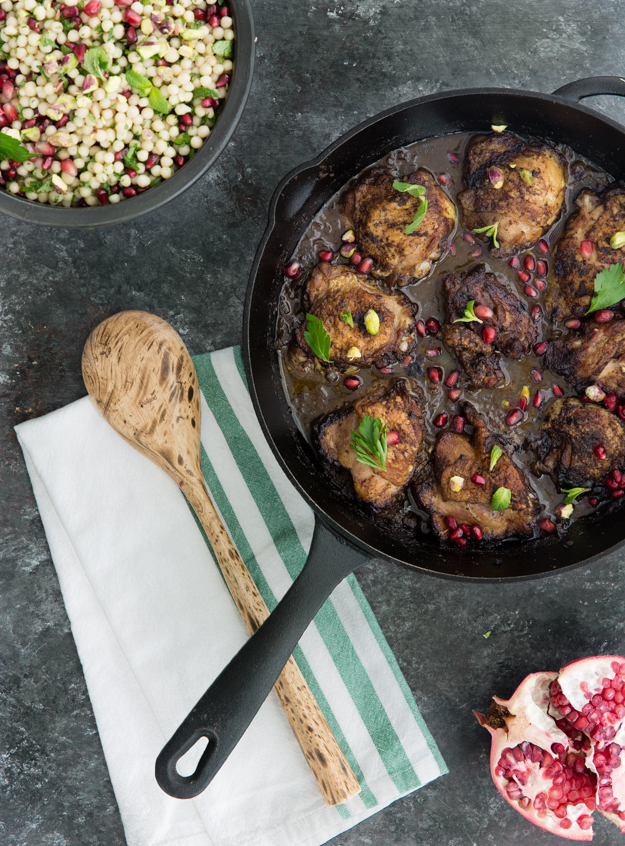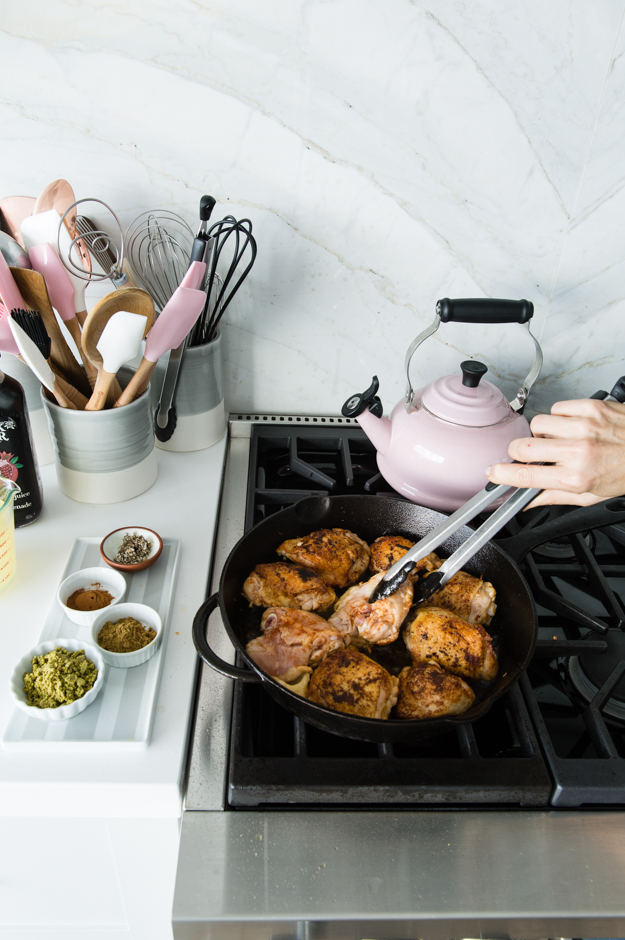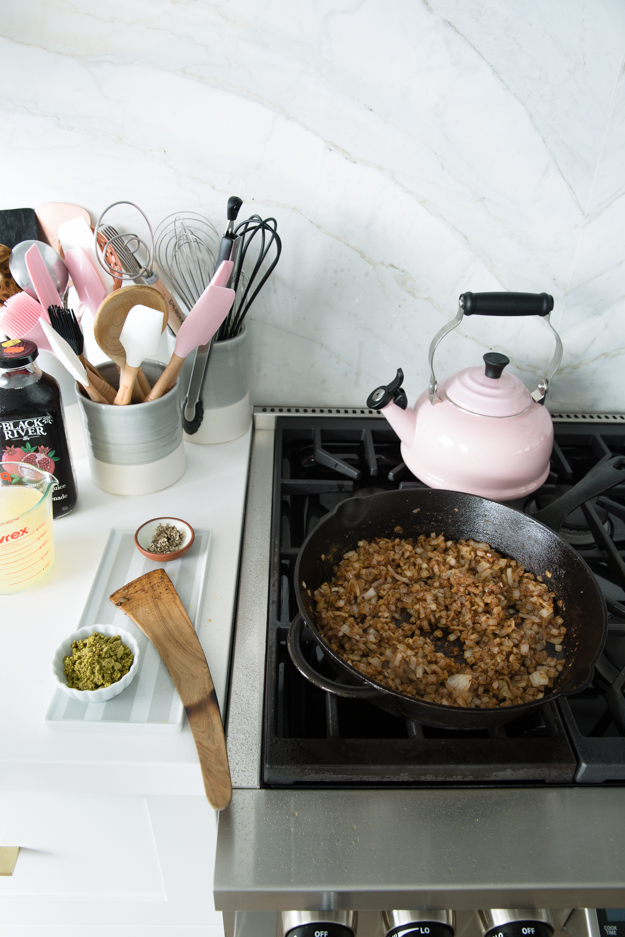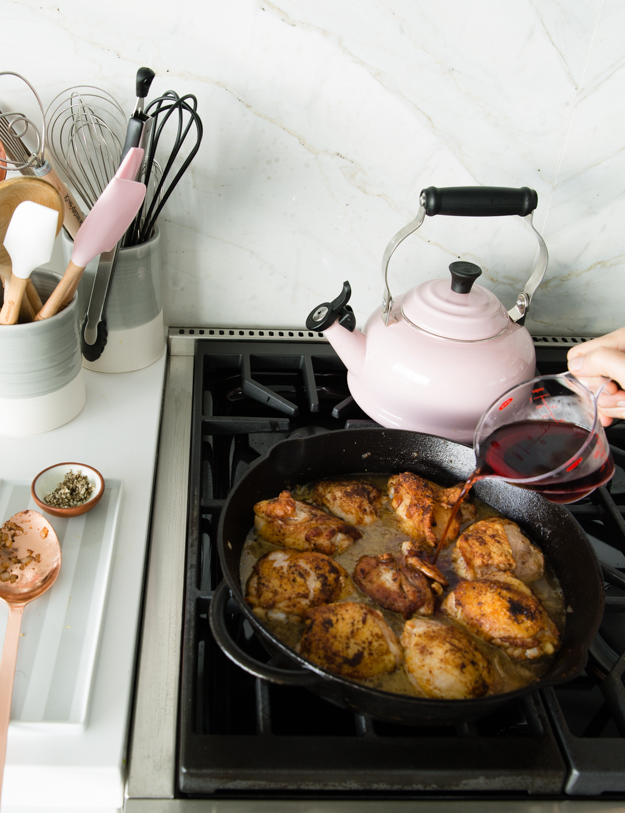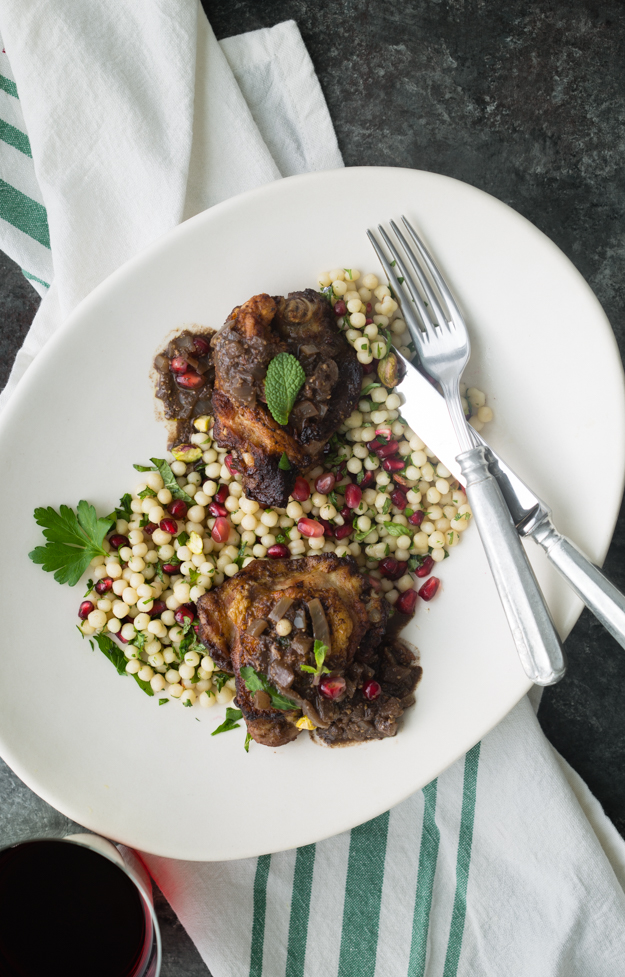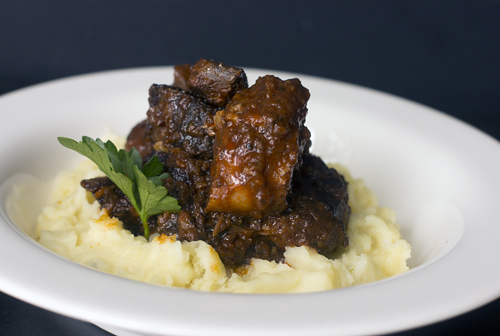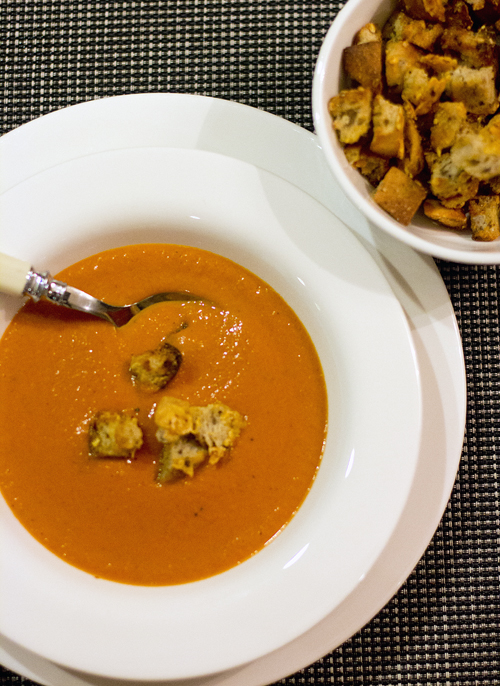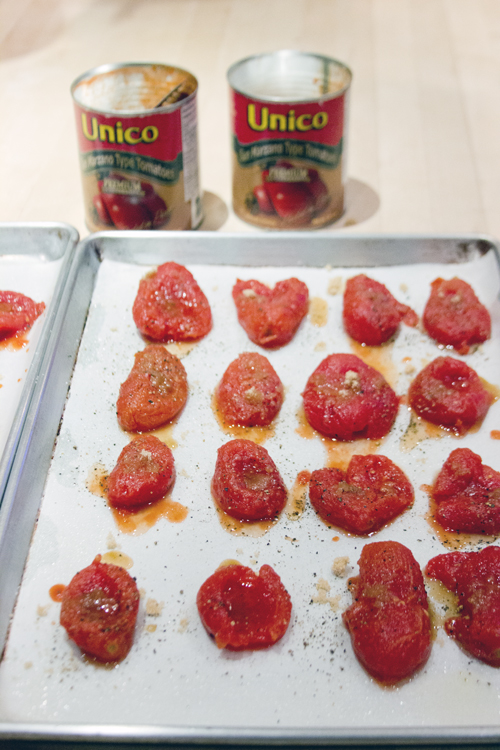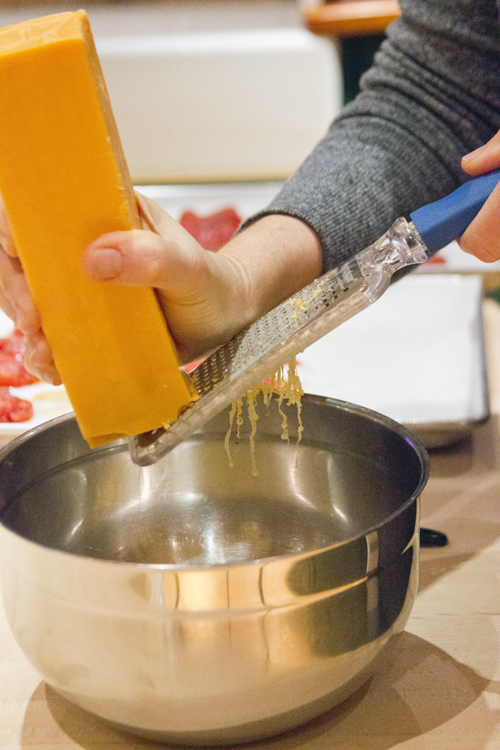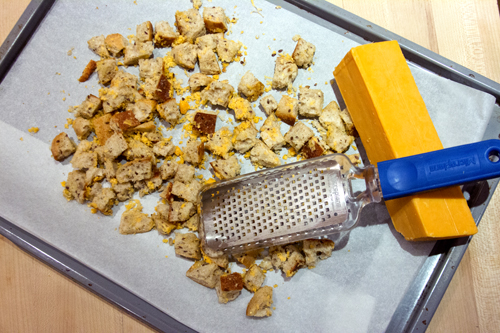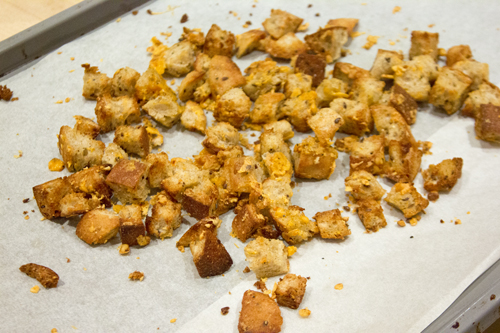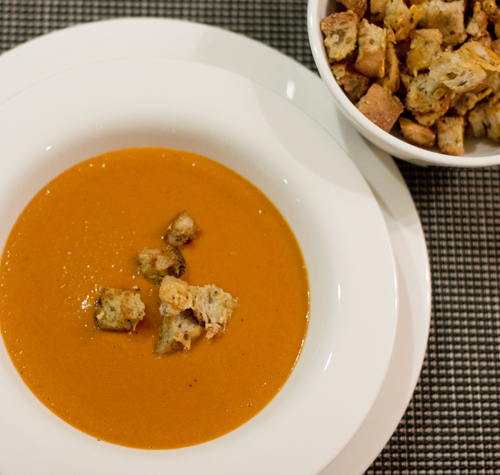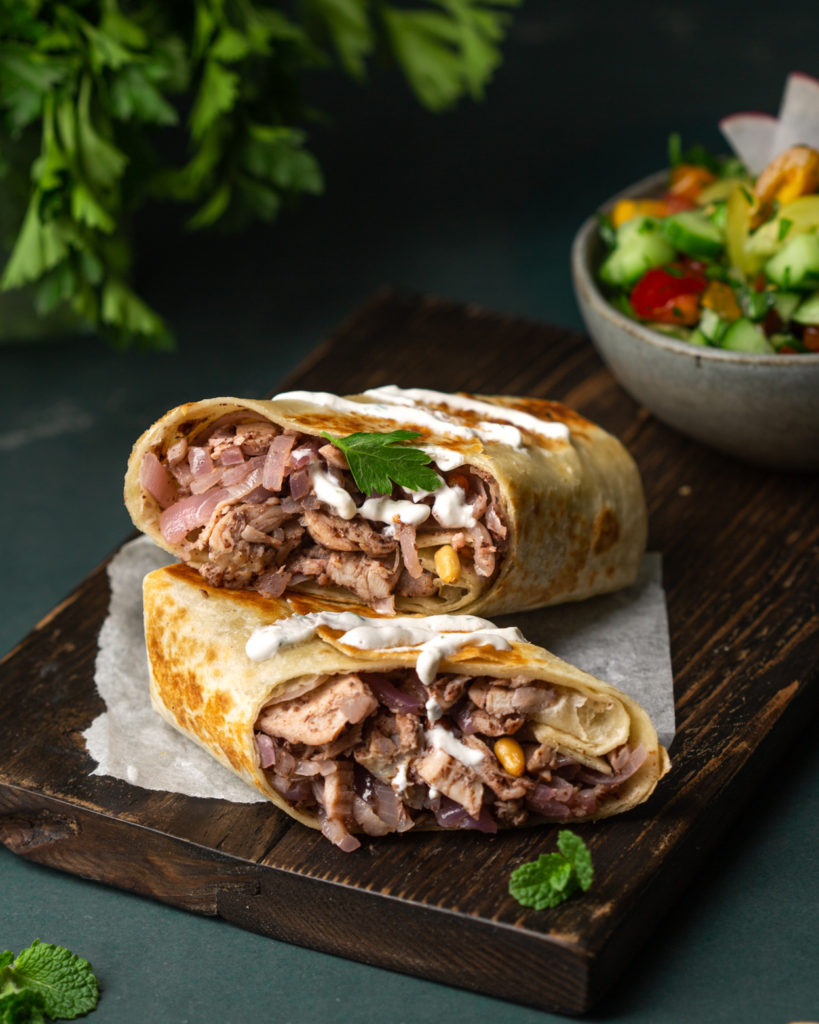
These wraps are cookbook author Anas Atassi’s interpretation of Musakhan. Originally served in the fall to celebrate the olive harvest, Musakhan is considered by many to be the national dish of Palestine. It is essentially a whole roast chicken, flavoured with sumac and other Middle Eastern spices. It is typically eaten with your hands. Served on flatbread, over a bed of slowly caramelized sumac flavoured onions, Musakhan is the epitome of Palestinian comfort food.
In Atassi’s Syrian version, the chicken is shredded , then fried with onions and sumac and rolled up into a delicious flatbread. His new book, Sumac is a love letter to that spice and his native country. He says, “With this book, I hope to build a bridge between Syrian culture and the rest of the world, with food the common denominator. But even more, I hope that Sumac will present a positive image of my country, in spite of all the unfortunate events now taking place in Syria.”
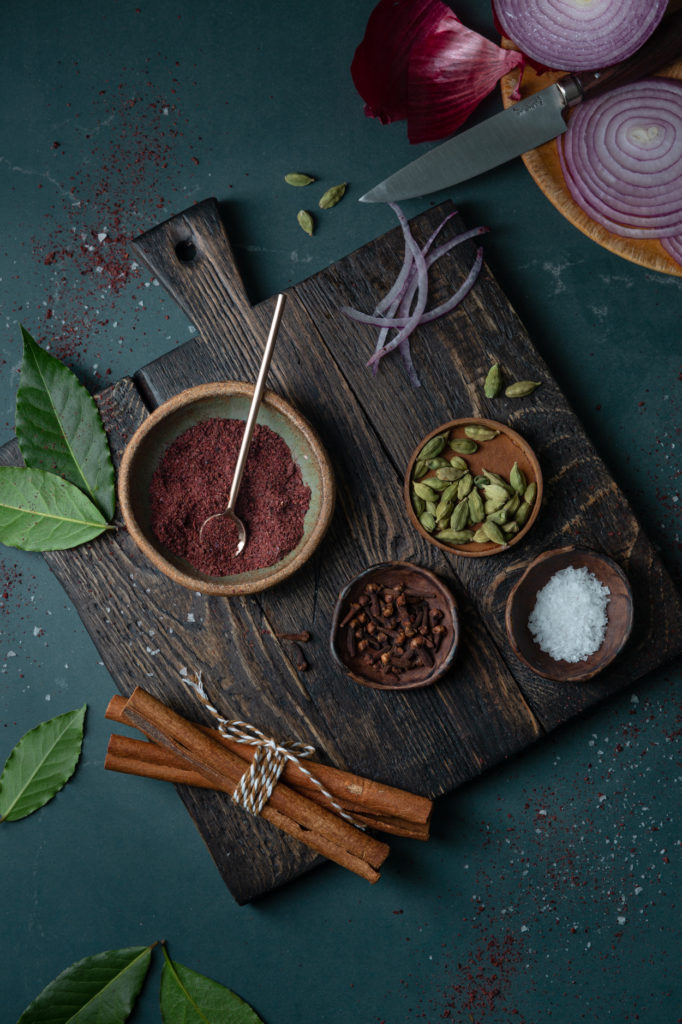
The star of this dish is sumac, which comes from the dried and ground berries of the wild sumac flower. It has a deep crimson colour and is tangy with a sour, acidic flavour, similar to lemon juice. Cinnamon, cardamom and cloves add warmth and a depth of flavour to the chicken.
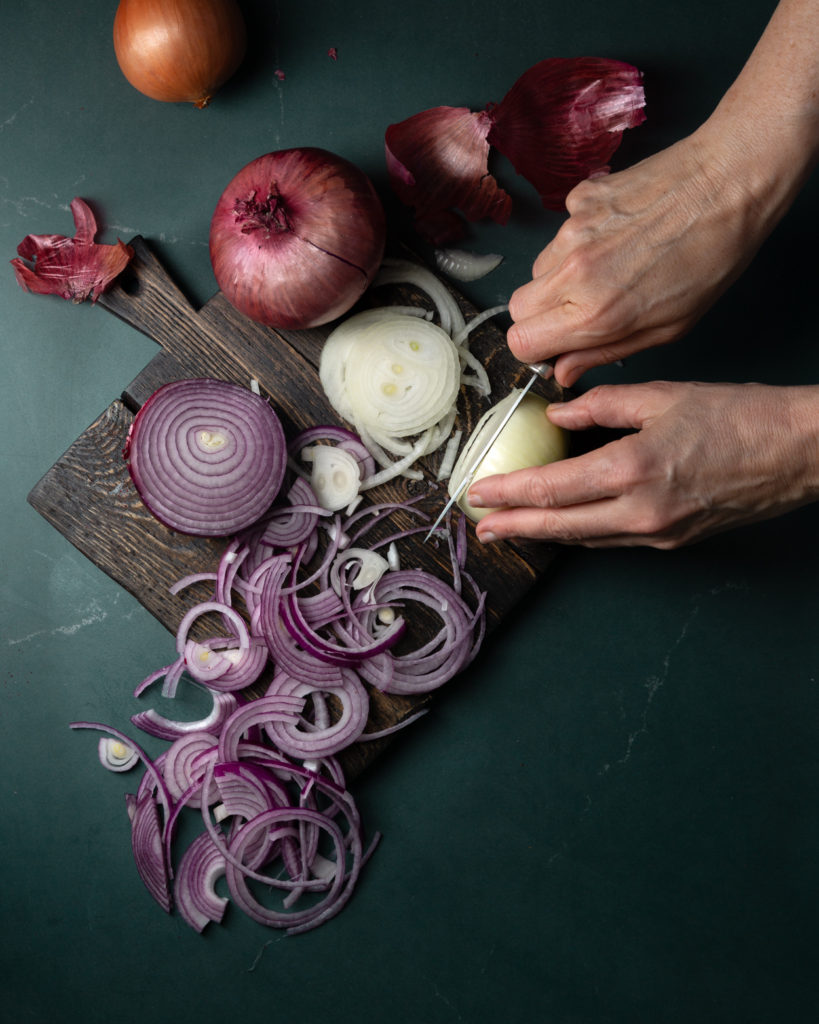
Onions are not a supporting cast member here. They form an integral part of the dish. Three large onions are sliced, seasoned generously with sumac and sautéed low and slow in olive oil, until they become sweet and mellow.
I used large flour tortillas as a wrapper for the chicken and onions. Once filled, I fried them in a bit of olive oil to crisp up the outside.
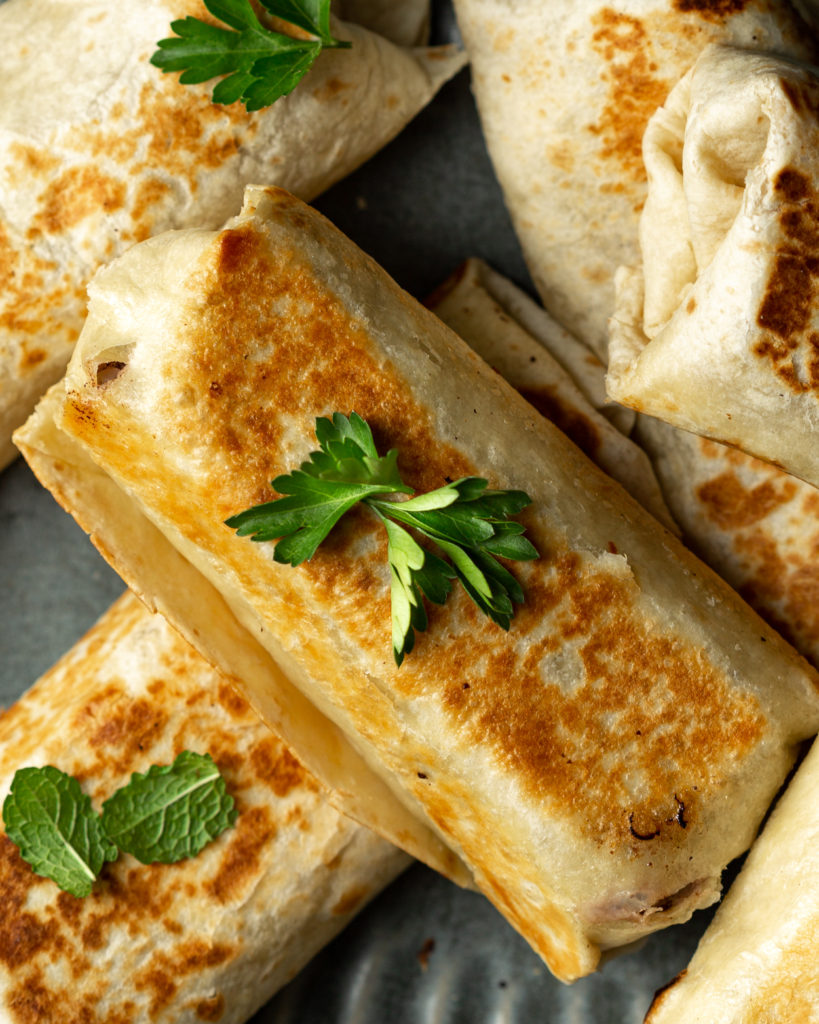
I decided to serve it with a dipping sauce on the side. I used a vegan sour cream as I wanted to keep the meal dairy-free. I mixed it with lemon juice, garlic and dill. Yogurt would also work well.
